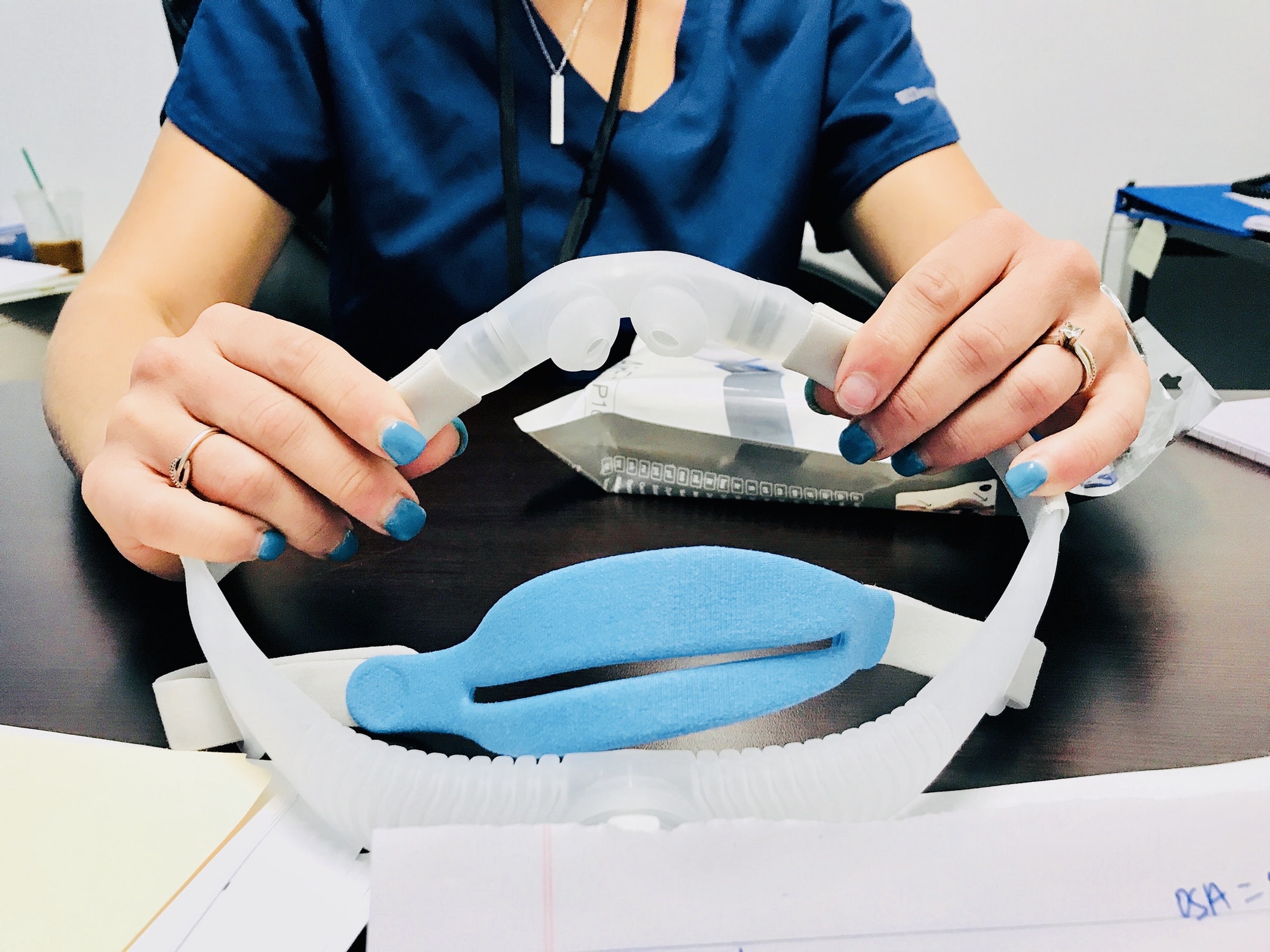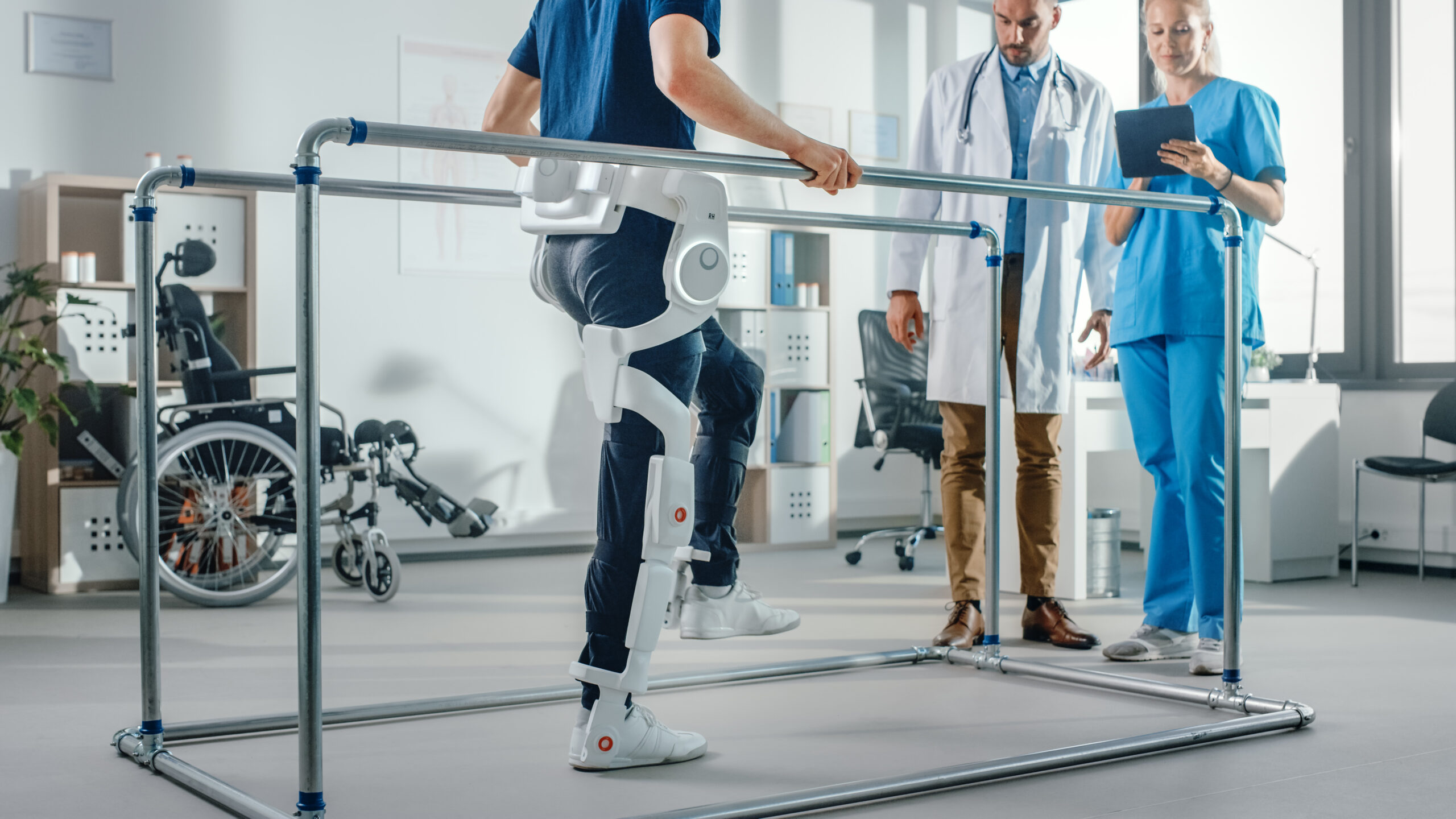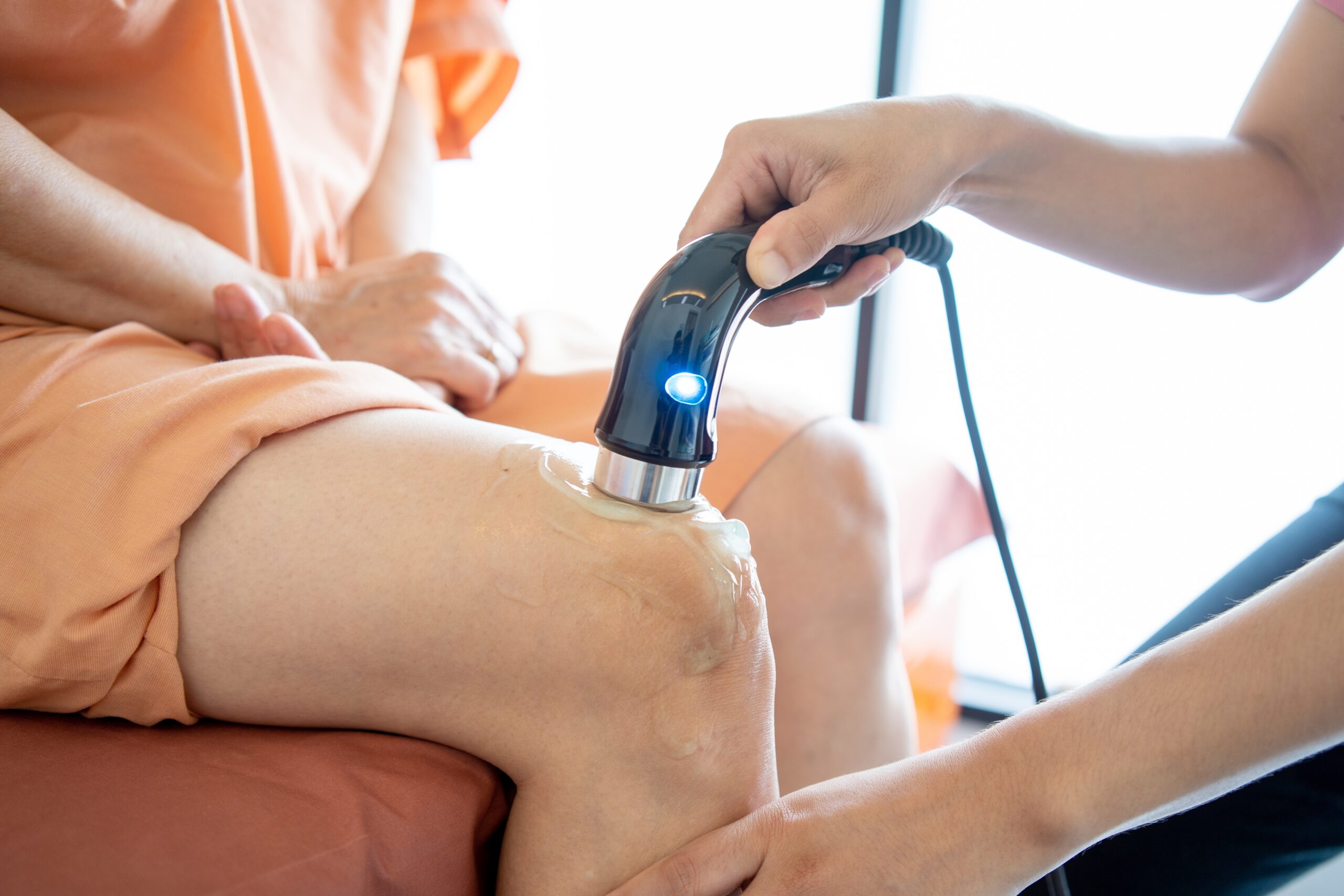Continuous Positive Airway Pressure (CPAP) therapy is a widely recognized and effective treatment for obstructive sleep apnea (OSA), a sleep disorder characterized by pauses in breathing or shallow breathing during sleep. CPAP machines are instrumental in delivering pressurized air to keep the airways open, ensuring uninterrupted breathing throughout the night. Here’s a comprehensive guide to understanding CPAP therapy:
What is CPAP Therapy?
- Purpose: CPAP therapy is a non-invasive treatment aimed at managing sleep apnea by maintaining a consistent flow of air pressure during sleep. The continuous airflow helps prevent airway collapse and interruptions in breathing.
- Components: A standard CPAP system comprises a machine that generates airflow, a hose, and a mask that delivers the pressurized air to the user’s airway.
Identifying Sleep Apnea and CPAP’s Role
- Symptoms of Sleep Apnea: Common symptoms include loud snoring, excessive daytime sleepiness, morning headaches, irritability, and difficulty concentrating.
- Diagnosis: A sleep study (polysomnography) helps diagnose sleep apnea. Upon diagnosis, healthcare providers often prescribe CPAP therapy as a primary treatment.
Understanding CPAP Machines
- Types of CPAP Machines: Traditional CPAP machines deliver a fixed air pressure. Auto-adjusting CPAP (APAP) and Bi-level CPAP (BiPAP) machines are alternative options that adjust pressure levels based on individual breathing patterns.
- Humidification: Many CPAP machines offer humidification features to prevent dryness and irritation of the throat or nasal passages caused by the airflow.
Choosing the Right CPAP Mask
- Types of Masks: There are various mask types – nasal masks, nasal pillows, full-face masks – each catering to different preferences and breathing patterns.
- Mask Fit and Comfort: Finding a properly fitting and comfortable mask is crucial for successful therapy adherence. Users should try different mask types to determine the most suitable one.
Initiating and Maintaining CPAP Therapy
- Starting Therapy: Gradually acclimate to CPAP therapy by wearing the mask for short periods while awake before using it during sleep. This helps in getting accustomed to the sensation of wearing the mask and breathing against the airflow.
- Consistency is Key: Adhering to CPAP therapy consistently is vital for its effectiveness. Using the machine every night for the entire duration of sleep is recommended.
Troubleshooting and Maintenance
- Common Issues: Mask leakage, dry mouth, skin irritation, discomfort, or noise from the machine are common issues that users might face. Troubleshooting tips are often provided in user manuals or by healthcare professionals.
- Regular Cleaning: Proper cleaning and maintenance of the CPAP equipment are essential to prevent bacterial growth. Following manufacturer instructions for cleaning schedules is crucial.
Conclusion
CPAP therapy has proven to be highly effective in managing obstructive sleep apnea and improving overall sleep quality. Understanding the components, selecting the right equipment, ensuring proper usage, and addressing maintenance issues are key aspects of successful CPAP therapy. By following prescribed guidelines and maintaining consistency, individuals can experience significant improvements in their sleep patterns and overall well-being with CPAP therapy. Always consult healthcare professionals for guidance and support throughout the CPAP treatment journey.








